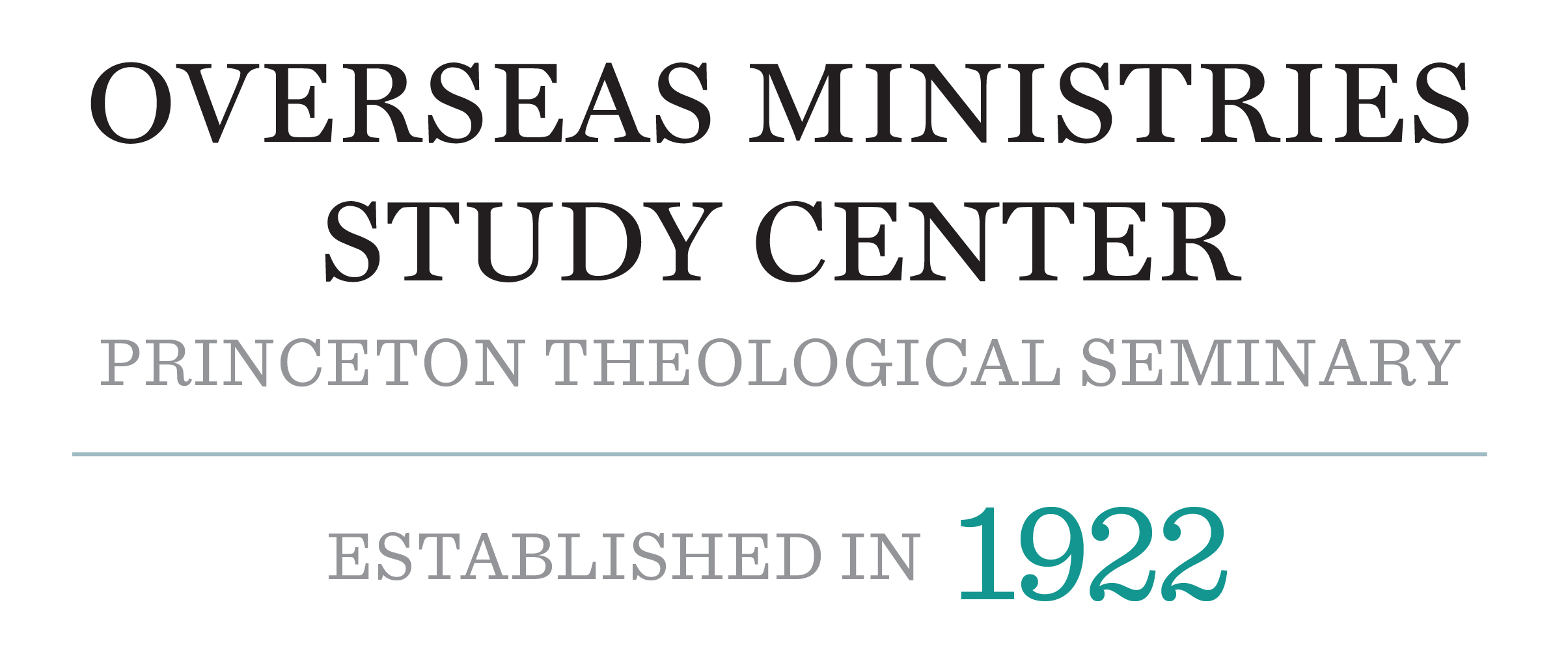By Noel Werner, Director of Music at Nassau Presbyterian Church
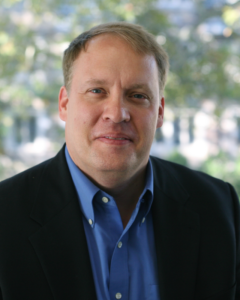
Noel Werner is the Director of Music at Nassau Presbyterian Church, where he has the privilege of working with a staff of music professionals who support a graded choral program of children, youth, adults, and “retired” singers, as well as bell choirs, instrumental soloists and ensembles. He also oversees a new initiative at Nassau, The Art of Faithfulness, which supports visiting artists who help the congregation explore creativity as a path of discipleship and encourages interdisciplinary experiences among all forms of artistic expression. He graduated from Westminster Choir College, Indiana University (Bloomington), and Christian Theological Seminary (Indianapolis).

Just one week after the 270th anniversary of the first performance of G.F. Handel’s Messiah in Dublin, choir, soloists, and orchestra gathered at Nassau Presbyterian Church in Princeton, NJ, on April 20, 2024, to present parts two and three of Handel’s masterpiece, beginning with the sorrowful, descending lines of “Behold the Lamb of God” and concluding with the ecstatic chorus, “Worthy Is the Lamb.” This remarkable dance between scriptural texts and Western European music was joined by a third partner: artwork from the OMSC collection. Selections corresponding to individual musical movements were presented in projected videos, guiding the eye through the paintings as the music unfolded. The 18th and 21st centuries met as English baroque music and artwork, mainly from East Asia, joined together to proclaim the Gospel. In the process, a revered, classical choral work was heard with new ears and even seen with new eyes.
I first encountered the art of OMSC after a generous invitation by then director (and past Nassau choir member) Tom Hastings to tour the OMSC House at the Princeton Seminary campus. I was immediately captivated by the breadth and power of the work produced by their artists in residence and deeply enjoyed looking through the beautiful catalogs that were shared with me. This visit was providential since I had long been thinking about presenting Messiah in a new way, not as a museum piece or a comforting musical favorite, but as it originally would have been received, as an arresting and inspiring spiritual event. I thought that visual art, especially outside of the Western canon, could heighten the drama, expand the meaning of the texts, and invite a more profound emotional engagement with the music, especially for inexperienced and over-familiar listeners. After this visit, I began dreaming of the possibility of curating a collection of pieces that would be another voice alongside Handel’s music – another interpreter of the scriptural texts.
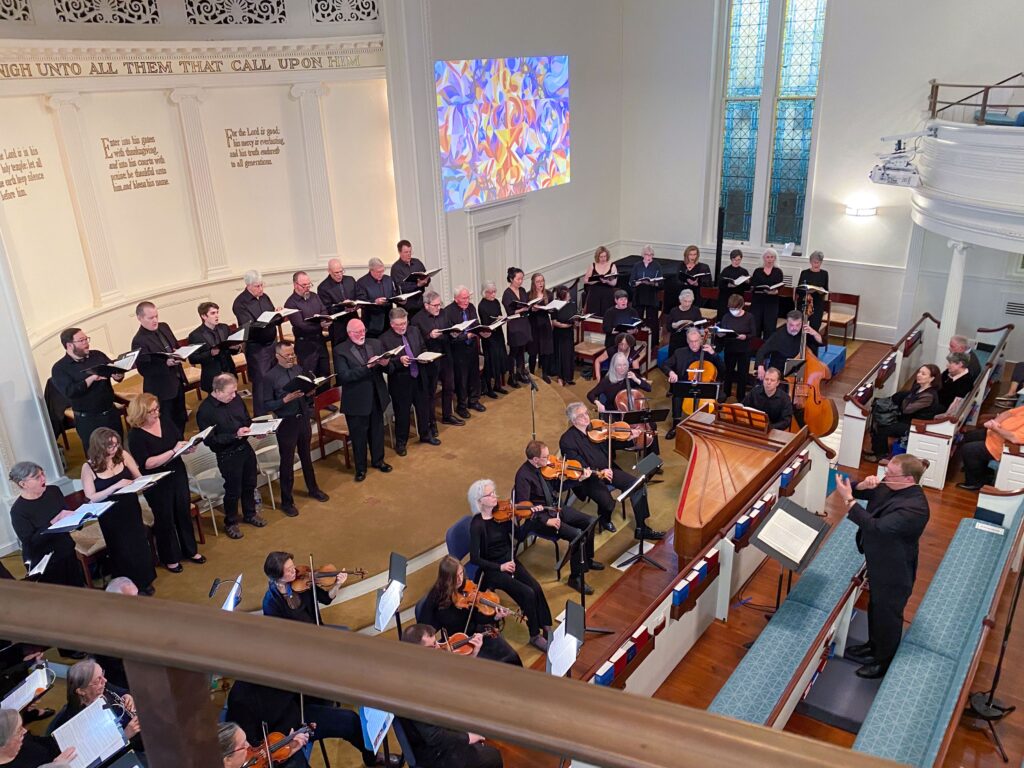
Two weeks of summer continuing education were spent in preparation of the musical score, historical research, biblical study, and pouring over OMSC artists’ catalogues provided by staff members Easten Law and Caitlin Barton. I was particularly drawn to the emotionally charged works of Emmanuel Garibay (Philippines), the geometric power of pieces by Sawai Chinnawong (Thailand), and the joyous play of line in the paintings and batiks of Hanna Varghese (Malaysia). With their pieces as the core, I also utilized work by Soichi Watanabe (Japan), Jayasuriya Nalini (Sri Lanka), Ronnie Farmer (USA), Sasongko Wisnu (Indonesia), and Jae-Im Kim (Korea). These selections were further refined as I rehearsed the work with soloists and choir in the winter. I enlisted a member of our church’s live stream team, Doug Ladendorf, to create an iMovie of each piece, timed precisely for the duration of each movement or set of movements, and designed either to zoom out from a detail to the full picture or to go in the opposite direction. I hoped the viewer would experience the paintings as a time-art similar to music, unfolding gradually and with the same emotional impact.
 One of the most powerful confluences of image and sound was the interaction of the chorus, “All We Like Sheep Have Gone Astray,” and Garibay’s “To an Unknown God.” As the choir sang, in ever-wandering counterpoint, “have gone astray,” the video of the art began in the lower left corner and gradually scanned the confusing, sinister, grinning crowd, almost as if one was viewing a party.
One of the most powerful confluences of image and sound was the interaction of the chorus, “All We Like Sheep Have Gone Astray,” and Garibay’s “To an Unknown God.” As the choir sang, in ever-wandering counterpoint, “have gone astray,” the video of the art began in the lower left corner and gradually scanned the confusing, sinister, grinning crowd, almost as if one was viewing a party.
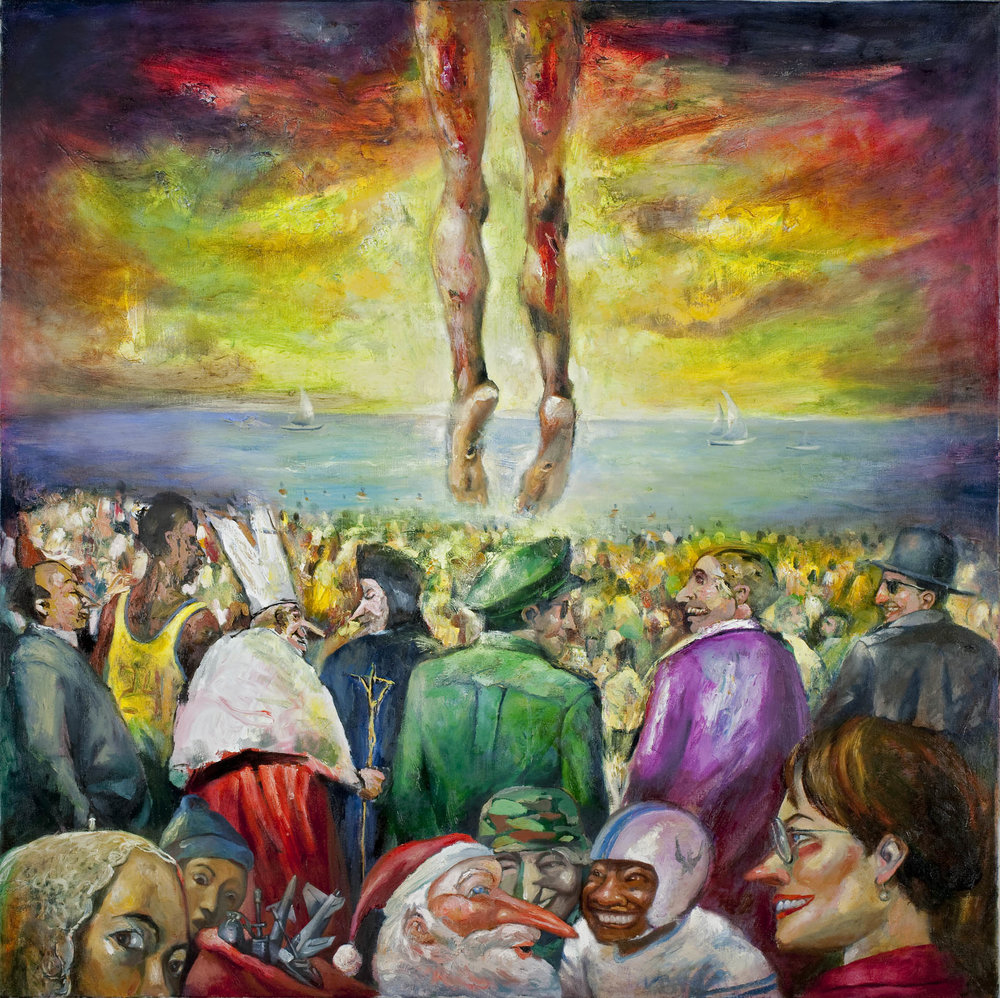
As the ironically joyous music continued to unfold, “we have turned everyone to his own way,” the view of the painting gradually expanded upward to reveal the legs of a naked, battered body hovering or hanging above the oblivious crowd, above all of us. As the full painting comes into view, the music suddenly becomes slower in a minor key with overlapping dissonances, painting the text, “and the Lord hath laid on him the iniquity of us all.” Inspired by Paul’s speech at the Areopagus (Acts 17), Garibay’s painting became the perfect interpretive partner with Handel’s music for this prophecy from Isaiah 53. Moreover, Garibay’s commentary on our ongoing indifference to suffering and our complicity in its causes opened the listener to the deeper implications of our sinfulness and the true weight borne by Christ on the cross – for us!
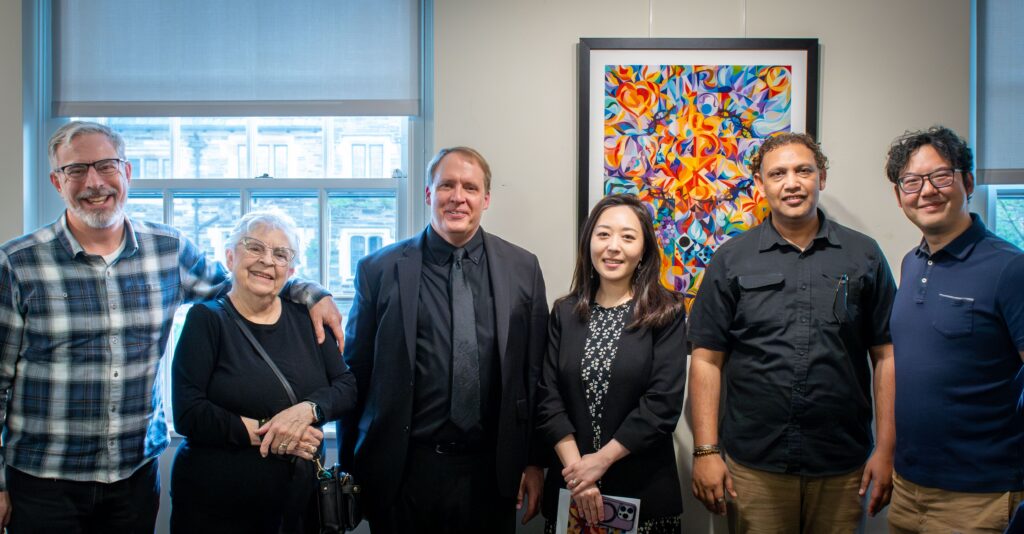
This all was made possible because OMSC supported artist residencies, the invaluable and generous help of Caitlin, Easten, and director Soojin Chung, and of course, the vision of the artists whose works open new light on the challenge and liberating joy of the Gospel. As performers and audience mingled in the reception following the concert and viewed some paintings hung in our church’s gallery, I encountered those who couldn’t find the words to express what they experienced and who told me they had been moved to tears. Every Sunday before we enter worship, I pray with our choir, and one of my frequent refrains is, “may someone’s heart be moved today as you work through us, O God.” I am grateful to OMSC and to Nassau Church for their openness to creative collaboration and for creating a moment through which the Spirit could move and touch so many.
